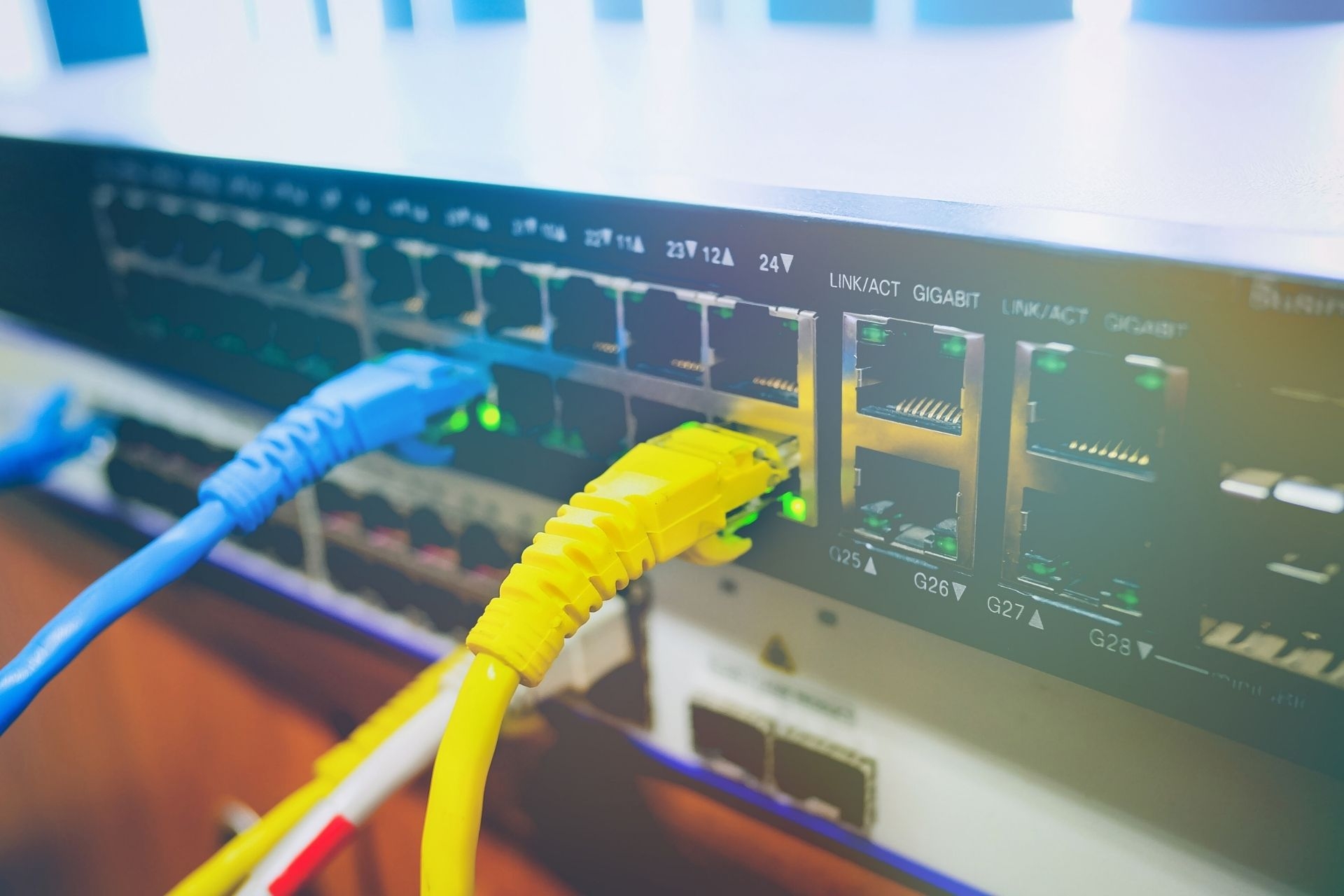Fiber Optic Internet Access Control
How does fiber optic internet access control help prevent unauthorized access to sensitive data?
Fiber optic internet access control helps prevent unauthorized access to sensitive data by implementing authentication mechanisms such as passwords, biometrics, or security tokens. These measures ensure that only authorized users can access the network, reducing the risk of data breaches or cyber attacks. Additionally, access control can restrict certain users from accessing specific data or applications, further enhancing security and protecting sensitive information.








